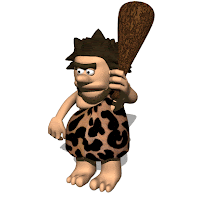Lighting
The intensity, direction, and quality of lighting can influence an audience's understanding of characters, actions, themes and mood. Light (and shade) can emphasize texture, shape, distance, mood, time of day or night, season, glamour; it affects the way colors are rendered, both in terms of hue and depth, and can focus attention on particular elements of the composition. Highlights, for example, call attention to shapes and textures, while shadows often conceal things, creating a sense of mystery or fear. For this reason, lighting must be thoroughly planned in advance to ensure its desired effect on an audience. Cinematographers are a large part of this process, as they coordinate the camera and the lighting.

















































